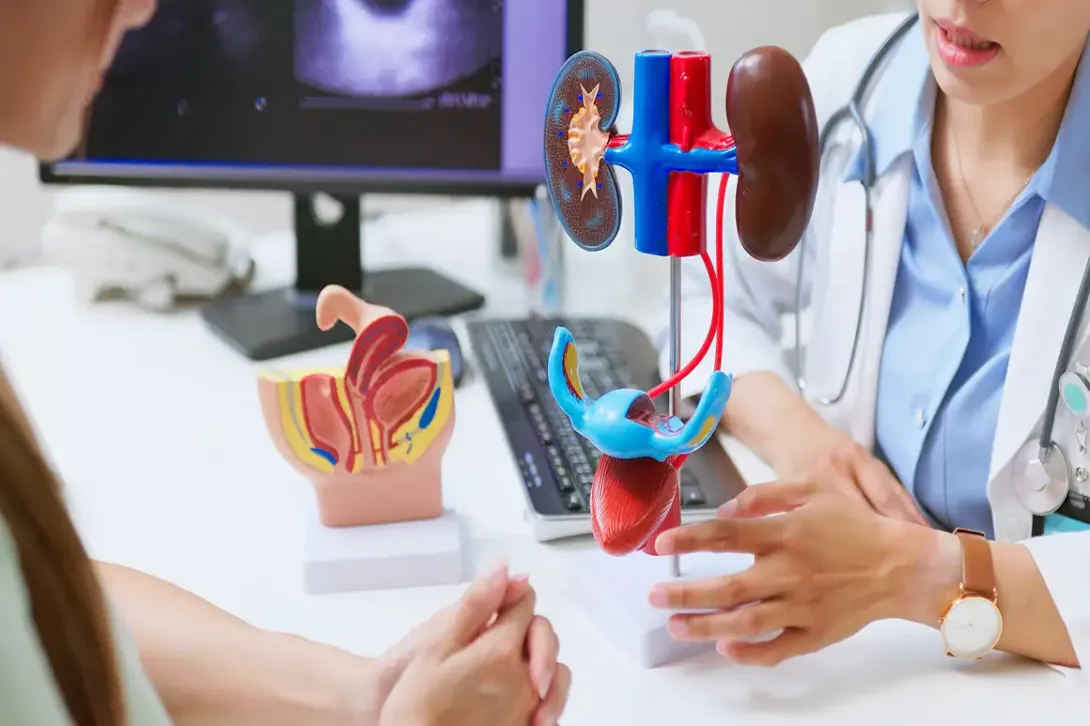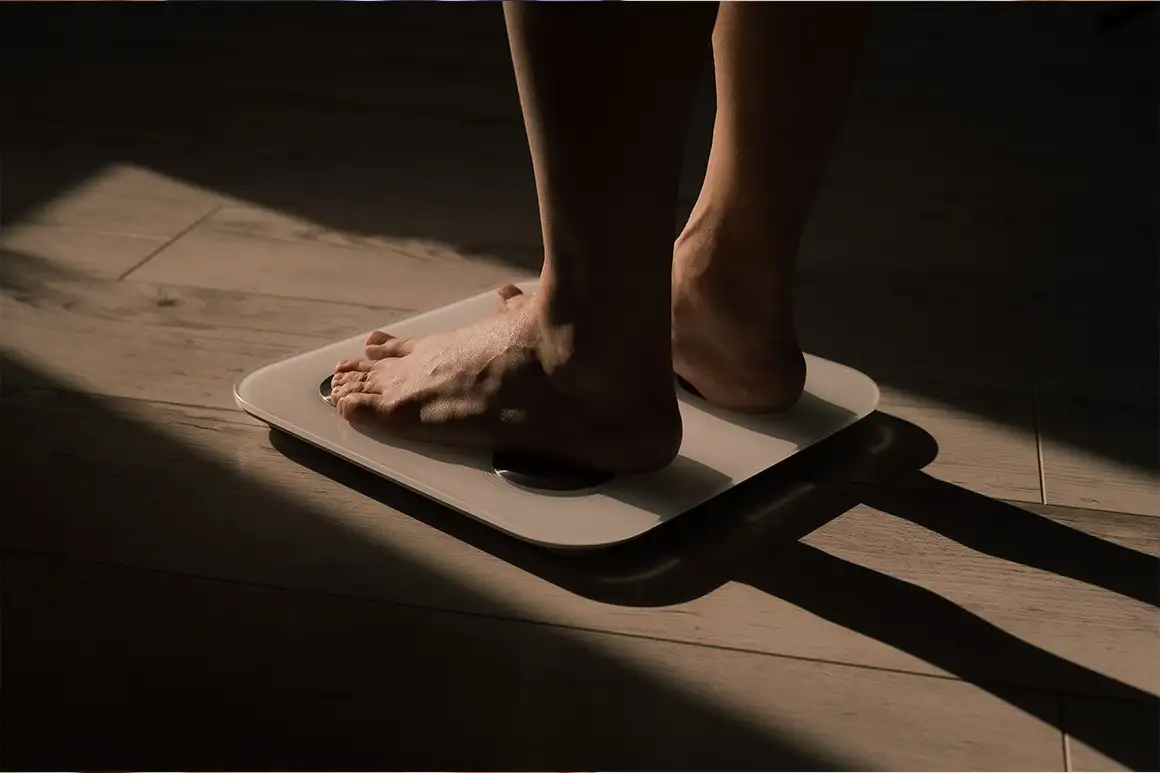
How to manage and treat urinary incontinence?
The causes of urinary incontinence can include a weakened pelvic floor, hormonal changes, childbirth or pelvic surgery
Urinary incontinence is the involuntary leakage of urine, a condition that can directly impact the physical, emotional and social quality of life of those who suffer from it. According to the Mayo Clinic, although it occurs more frequently as people age, urinary incontinence is not an inevitable consequence of ageing.
It tends to be more common in women over 40 and in men over 60. Common causes include a weakened pelvic floor, hormonal changes, childbirth, pelvic surgery, neurological conditions, urinary tract infections and certain medications. Fortunately, there are effective methods to prevent it and a range of treatments to control it.
Types of urinary incontinence
There are several types of urinary incontinence, and it is important to identify each one in order to treat it appropriately:
- Stress incontinence: occurs when coughing, laughing, sneezing, exercising or lifting heavy objects.
- Urge incontinence: there is a sudden and intense need to urinate that is difficult to control (hyperactive bladder).
- Mixed incontinence: a combination of stress and urge incontinences.
- Functional incontinence: the person does not make it to the toilet in time due to physical or mental impairments (such as arthritis or dementia).
- Overflow incontinence: the bladder does not empty fully, leading to a constant leakage of urine.
- Total incontinence: complete loss of bladder control, with constant leakage.
Causes and mechanisms of urinary incontinence
There can be a number of causes, which are related to a range of physical and functional factors: weakening of the pelvic floor (due to childbirth, ageing, obesity); hormonal changes (especially in menopausal women); neurological disorders (such as multiple sclerosis, Parkinson's disease or spinal cord injury); chronic diseases (such as diabetes or heart failure); urinary obstructions (such as kidney stones or tumours); urinary infections (resulting in bladder irritation); certain medications (especially diuretics or sedatives).
The consequences of urinary incontinence
If left untreated, it can have significant consequences for daily life:
- Social isolation and loss of self-esteem.
- Skin irritation or infections due to constant moisture.
- Recurrent urinary tract infections.
- Sleep disturbances due to frequent urination during the night.
- Anxiety, depression or frustration.
- Restricted physical and leisure activities.
Treatments for urinary incontinence
There are a number of treatments, matching the type and cause of the condition:
- Medication: antimuscarinics or beta agonists, mainly prescribed for urge incontinence.
- Behavioural therapy: includes bladder training and controlled urination schedules.
- Medical devices: such as vaginal pessaries, catheters or absorbent pads.
- Electrical stimulation or laser therapy: to strengthen pelvic muscles.
- Surgery: placement of suburethral tapes, artificial sphincters or colposuspension in severe cases.
- Pelvic floor exercises: to strengthen the muscles in charge of urinary control.
Tips to prevent this problem

Maintain a healthy body weight
1 of 6
Being overweight or obese increases pressure on the bladder and pelvic muscles, which can lead to incontinence. Losing weight, even just a bit, significantly reduces the risk of developing this problem.

Avoid chronic constipation
2 of 6
Constant strain when passing stool can weaken the pelvic floor. To prevent this, a high-fibre diet (fruit, vegetables, wholegrain cereals) and good hydration are recommended, as well as a regular routine of physical activity.

Cut down on caffeine, alcohol and fizzy drinks
3 of 6
These beverages are diuretics and irritate the bladder, which can trigger urinary urgency and increase the frequency of urination. Limiting their intake can help you achieve better bladder control.

Daily exercises to maintain bladder fitness
4 of 6
Kegel exercises, for example, help strengthen the pelvic floor muscles, which are key to preserving bladder control. Such exercises can be done at any time of the day and involve repeatedly contracting and relaxing the muscles involved. They are especially useful for women after childbirth and for men after prostate surgery.

Avoid tobacco
5 of 6
Smoking is linked to chronic coughing, which puts constant pressure on the pelvic floor. Also, smoking can adversely affect blood circulation and neuromuscular performance, making incontinence symptoms worse.

Consult a physician if symptoms appear
6 of 6
Seeking early medical attention enables a proper diagnosis the type of incontinence and prevents the problem from getting worse. Urine leakage should not be taken for granted as part of the ageing process.




